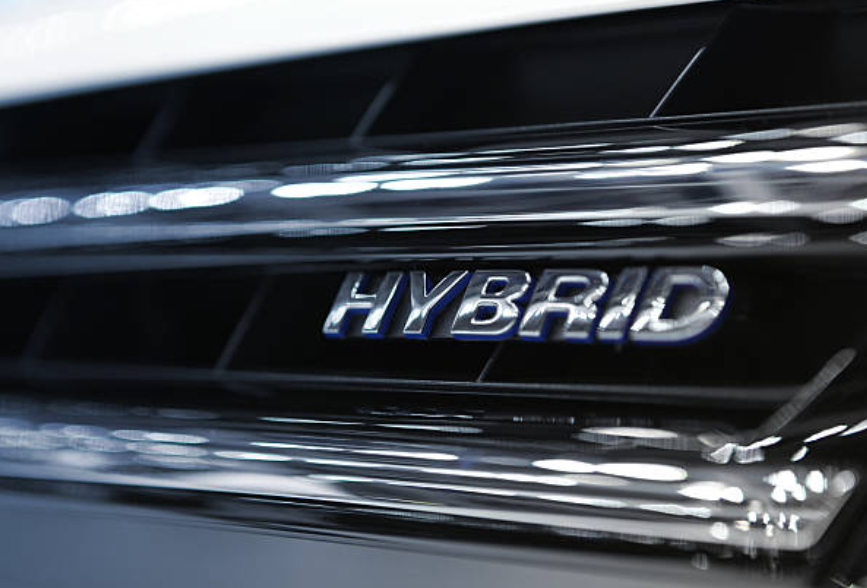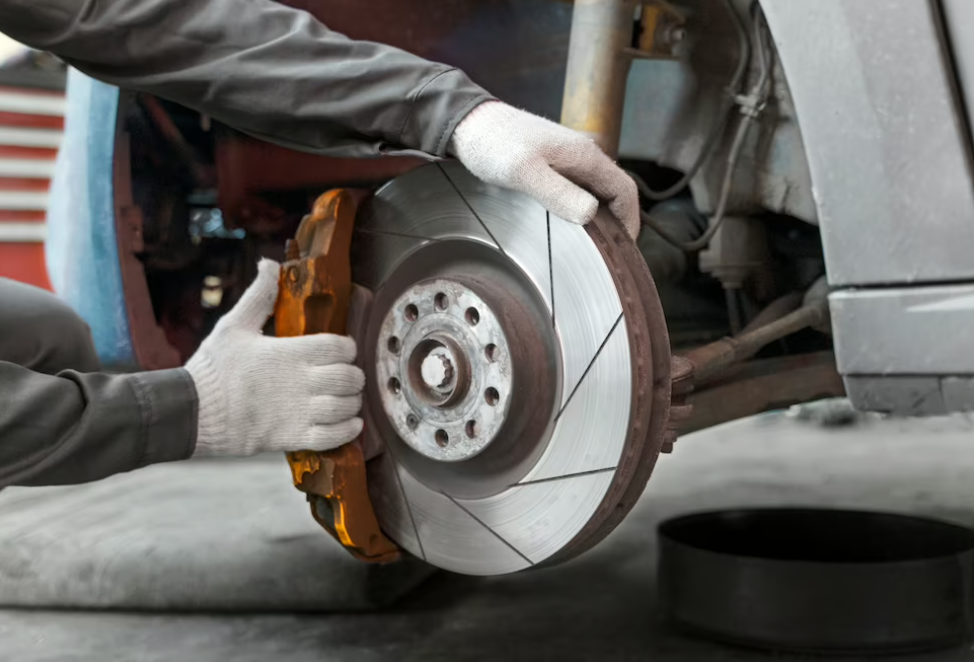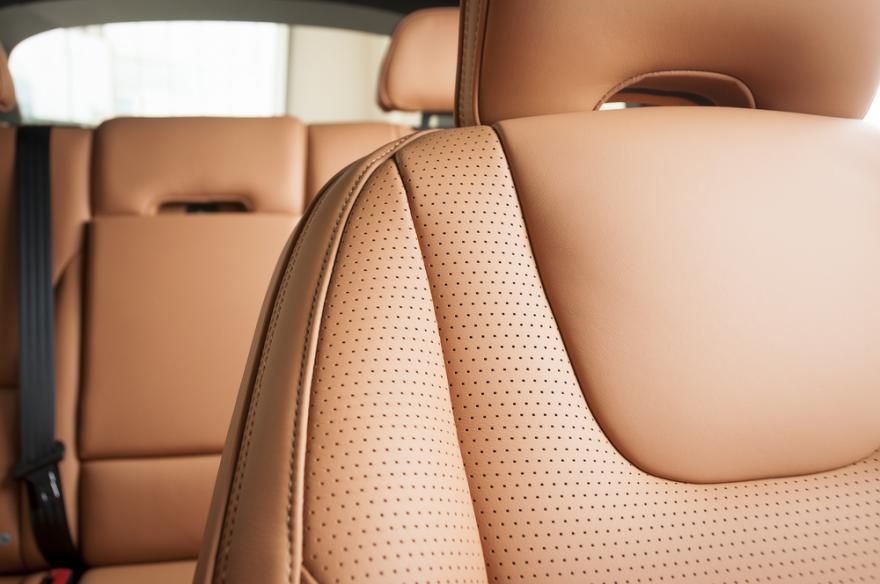Pros And Cons Of Different Wheel Materials

Ever since ancient civilizations began whipping up killer dubs for their wagons, wheels have seen continuous evolution. Humans have created some wonderful varieties with noticeably diverse qualities throughout thousands of years. These days, picking up a wheel catalog does not require you to go through selections of stone and wood, but you still must consider your alternatives between aluminum and steel. Beyond those two, the availability of more sophisticated materials like titanium, magnesium, and carbon fiber further complicates decision-making.
But purchasing car components should not make you feel angry or anxious. The Drive hopes to make the decision-making process easier during what should be a happy moment. Knowing the pros and cons of each type will help you determine which is appropriate for your car.
In this blog post, we will go through some of the material options you may encounter while choosing a wheel. We will explore a few more important features along the way that you may find interesting. Your only concerns should be with styling and fit.
The Pros and Cons of Steel Wheels?
Because they are usually the heaviest and not as attractive as the other wheels, steel wheels have a negative reputation. Steel wheels do, however, have certain advantages.
Because of the price, many people choose steel. It is usually the most economical choice you have.
In addition, steel is usually far more resistant to bending and fracture than other wheel materials. It is not only a fantastic option for a low-budget build, but it is also the best option for heavy lifters that get a lot of abuse on rough terrain.

Even though steel is a sturdy material, it is undoubtedly heavier than aluminum or other, more unusual wheel materials. That implies that if your car has steel wheels, it will generally take more effort to accelerate and maintain motion.
Despite being made of steel, the Basset Inertia Advantage is one of the lightest wheel alternatives available. It is not, however, a DOT-approved model. The majority of wheels that are suitable for street use will often cost more than other wheels of the same size.
There are also many who argue that steel wheels lack the aesthetic appeal of alternative options. Although we acknowledge that they do not usually have the most intricate designs, in the end, taste is what matters. Steel wheels can, after all, look fantastic on the appropriate builds.
Choosing aluminum is probably what you would do if you were choosing an aftermarket set of wheels. In terms of look and performance, aluminum typically outperforms steel. Today, it is what makes up the majority of iconic wheels.
Although aluminum is not as strong as steel, it can nonetheless withstand regular use and even more difficult circumstances. If you are traveling in normal conditions, you probably do not have to worry about a pothole blowing off your aluminum wheels, though it can happen to cars with low-profile tires. In case wheel strength is a significant consideration for your application, you can always check into stronger choices.
It is also not ridiculous to point up aluminum's weight savings. Your driveline will operate more efficiently and accelerate more quickly with less weight. It is reasonable to run lightweight wheels if performance is your main concern, even though these improvements are arguably negligible.

Though aluminum wheels are an attractive option, the look of your car is ultimately up to personal opinion. This substance is the foundation of the most fascinating wheel designs.
Aluminum offers a lot of benefits. Price and strength would be the only reasons (apart from personal taste) not to take it into consideration for a street-driven application. Aluminum is lightweight without always being fragile or weak. Simply put, it cannot withstand the severe strains that certain steel wheels can. In the end, it depends on the wheels you are thinking about choosing, because some aluminum wheels may perform better in this regard than steel ones.
Additionally, the price of aluminum is not so high that the typical person cannot afford aluminum wheels. When you are on a tight budget, nevertheless, it is difficult to overlook the inexpensive cost of steelies.
Aluminum wheel strength can be influenced by manufacturing process. Whether the wheels are cast, forged, or rotary forged will determine this.
Molten aluminum is poured into a mold during the casting process, where it cools to take on the shape of your wheel. After that, the wheel is machined to add some style and clean things up, but no additional efforts are taken to reinforce the wheel's structure. The savings are transferred to you because the manufacturing process is so straightforward.

Because forging smooths out the material's grain structure, the resulting strength is superior. Metals have grains, just like wood does. Grain alignment made possible by forging results in improved structural stability. Your rotating assembly's forged components follow the same essential principle.
A billet of aluminum is first formed into a solid block before being molded into a wheel in a forging. It has not melted. Forged wheels cost more because of the potential complexity of the process. It is an obvious choice for applications that see a lot of harsh use due to the strength improvements.
Rotation-forged wheels, the third variety, are in between cast and forged alternatives. Casting is still a part of rotary forging. The wheel is put on a rotating machine that uses heat and force to continue shaping it after it comes out of the mold. This facilitates the hardening of the materials without significantly increasing the production process' complexity. The resulting product is a wheel that, in terms of strength, falls somewhere between forged and cast wheels, and it is also reasonably priced.
When your father used to talk about running a sweet set of mags, you probably did not know what the hell he was talking about. In the past, magnesium dominated the market for lightweight wheel materials.
But if you are anything like me, the first thing that springs to mind when you think about magnesium and cars is the 1955 Le Mans accident. Using this volatile substance to make wheels carries certain inherent risks. Due to their past, they are even prohibited from being used in certain motorsports.

But because there are ways to lower the dangers, magnesium wheels are still in use today. The wheels are composed of more than one material since, among other things, they are magnesium alloy. In order to balance out the combustible characteristics of the magnesium, calcium is frequently added to the alloy.
You can still find magnesium alloy wheels, however they are not as widely available as they formerly were. Its strong damping qualities and lightweight design provide for a smoother ride, which are its main advantages. Because it is a somewhat unique wheel material, you should be prepared to pay a premium.
You do not want to utilize magnesium supplements after so many years of age because they also have a shelf life. Magnesium corrodes rather quickly, which compromises the wheel's foundational strength. Therefore, it is preferable to use old magazines as decoration for the walls rather than placing them next to your automobile if you can find some.
One of the greatest materials for performance wheels is carbon fiber. Carbon-fiber wheels are either standard or available as an option on the majority of today's high-performance cars, including the Ford Shelby Mustang GT350 and GT500, Ferarri 488 GTO, Koenigseggs, Porsche 911 Turbo S, and Chevrolet Z06 Corvette.
Given that carbon fiber is lighter than aluminum and stronger than steel, it is without a doubt the material of choice for performance builds. You will not have to worry about your wheels' ability to withstand challenging track conditions because they will improve the vehicle's performance across the board.

That is not to argue that daily use of carbon-fiber wheels is optimal. Typically, they are meant to be used on tracks. That was discovered when the owner of a Shelby GT500 with carbon-fiber wheels struck an object hard on a regular road.
Despite its greatness, carbon fiber breaks easily. It is unstable at extreme pressures and does not flex like steel or aluminum. Although we are unable to speculate as to what the driver of that Shelby vehicle may have encountered, we do know that the brittleness is a problem.
For one wheel, the owner of that Shelby had to pay more than $7,000. That brings to mind the cost of carbon fiber wheels, which is another disadvantage. For wheels, carbon fiber is neither widely available nor inexpensive. This implies that installing a set in your car will be quite expensive. This combined with the structural issues makes the wheel unsuitable for the typical street-driven car.
Indeed, there are titanium wheels, and they are really amazing. Titanium weighs almost half as much as steel but is just as strong. Additionally, it shares aluminum's excellent resistance to corrosion. If you are asking why we do not utilize it more often, it is because this material does not work well with conventional manufacturing techniques.

The titanium wheels made by HRE Performance Wheels are produced by 3-D printing. The company was able to create incredibly beautiful designs and successfully use titanium thanks to this approach. But carbon fiber is used to create the wheel's barrel; titanium is saved for the hub and spoke sections.
The material used for wheels has the benefit of giving you steel's great strength without adding weight, which is a combination highly desired for performance. By eliminating the excess material for an impressive appearance, you can take advantage of that strength-to-weight ratio when combined with a complex production process.
Exotic materials and complex manufacturing procedures result in higher costs. Although the HRE wheel was designed to advance wheel development, hand-finishing and manufacturing would always come at a cost. This is a wheel intended for high-end applications, after all.
Which material makes the greatest car wheels?
Aluminum is ultimately perhaps the best choice for the typical automobile. There are so many possibilities available for aluminum that it is difficult to not find the ideal fit. A lot of them are also reasonably priced and made to withstand daily use's strains and then some.
What components make up a wheel?
There are many different pieces to wheels, which is a topic for debate all by itself. But by disassembling the structure into its three primary components—the barrel, the center section, and the mounting hub—we can make it simpler. The hub is the mounting surface in the middle, the barrel is the outside part of the wheel, and the central section is the supporting structure that contains your spokes. This should give you a general idea of the anatomy of a wheel, but it is by no means comprehensive.
Are wheels made of magnesium safe?
Aluminum wheels are questionable. They are completely safe if they are fresh new. Once more, in order to mitigate the combustible character of the magnesium utilized, contemporary alloys contain calcium. That is not the case, though, with a lot of older wheels. Additionally, after around 15 years, magnesium corrodes and becomes unsafe for usage.
Which wheels cost the most money?
The priciest wheels are made of carbon fiber. Though that is not the usual circumstance people find themselves in, you are bound to locate a designer wheel manufactured from different, more expensive materials than the regular carbon-fiber wheel.
Which are the strongest rims?
Steel is definitely surpassed by carbon fiber, which is also a stronger material overall. In this category, aluminum wheels are also very good; in fact, some of them can even outperform many steel options. But in terms of total strength, steel is simply unmatched. Because of the weight, structural integrity is expensive, yet heavy-duty applications are unavoidable.
In conclusion, selecting the right wheel material involves weighing factors like budget, performance, and aesthetics. While steel wheels offer durability at a lower cost, aluminum provides strength and lighter weight, albeit with a higher price tag. Carbon fiber excels in performance but comes at a premium, while magnesium and titanium offer unique advantages and challenges. Understanding these trade-offs ensures you make the best choice to suit your needs and preferences, whether for style, speed, or durability.
Click on the following link to read another blog post: Powering Tomorrow: The Rise of Electric Trucks












